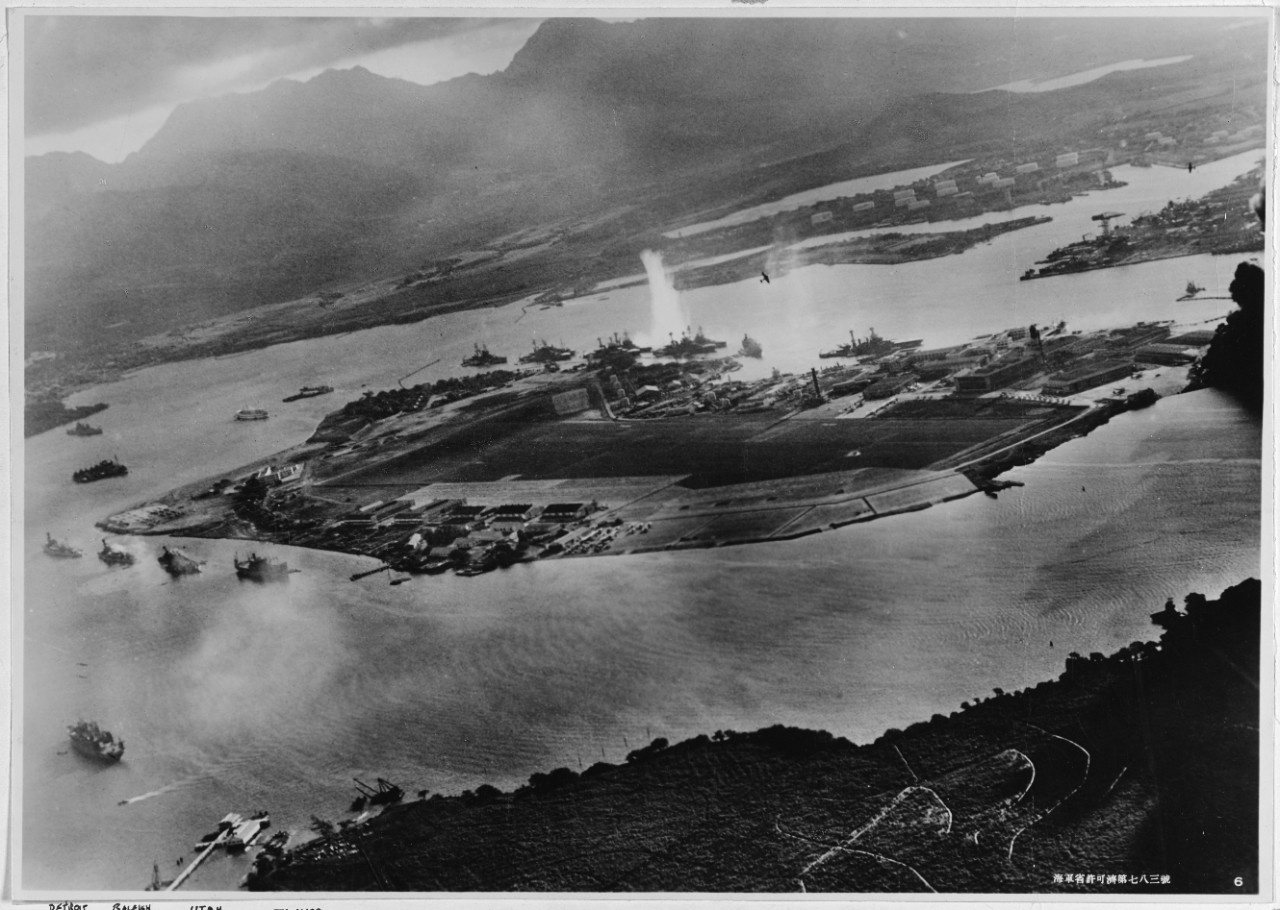Historical Context
American Communications
Before America’s involvement in the Second World War, the United States’ secure communications weren’t as secure as they might have seemed to be. British intelligence had been reading American diplomatic codes since the 1930s and Japanese cryptographers and cryptanalysts, personnel employed to decipher codes or create and study them, had been doing the same before the December 7th attack on Pearl Harbor. This sets the scene for the capabilities of how American forces transmitted information before and during early American involvement in the Second World War.
"The problem was communication. They tell us in any war, the side that has the best communication normally has the advantage in war. In our case, the enemy had the advantage. Why? Because they were breaking every military code that was being used in the Pacific, making it very very difficult to strategize."
- Peter MacDonald, one of the 32 Navajo Code Talkers, 2019

Naval History and Heritage Command
https://www.history.navy.mil/our-collections/photography/wars-and-events/world-war-ii/pearl-harbor-raid/overall-views-of-the-pearl-harbor-attack/NH-50930.html
Treatment of Native Americans During the 1900s
From the Navajo Nation, lived the Navajo, one of the couple hundreds of Native American tribes that lived in the United States. Before the end of World War 1, many Native Americans who grew up on reserves like the Navajo had poor relations with the American government. Missionaries and officials limited their rights, took away parts of their lands, and had forced them to assimilate partially. A key example of this included how Native American children attending boarding schools weren’t even allowed to speak their native languages. After WW1, new legislation was put in place that made Native Americans citizens of the United States, but these also were exploited to steal land from them.